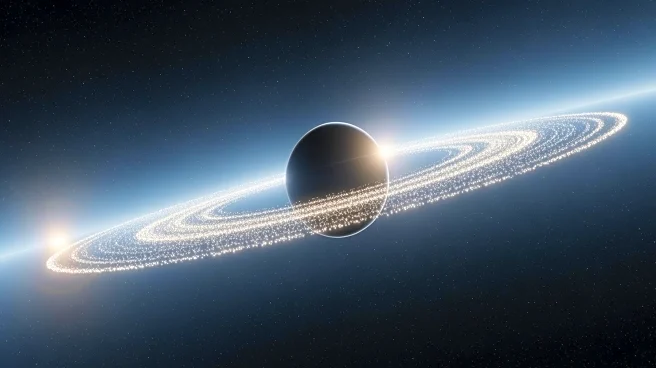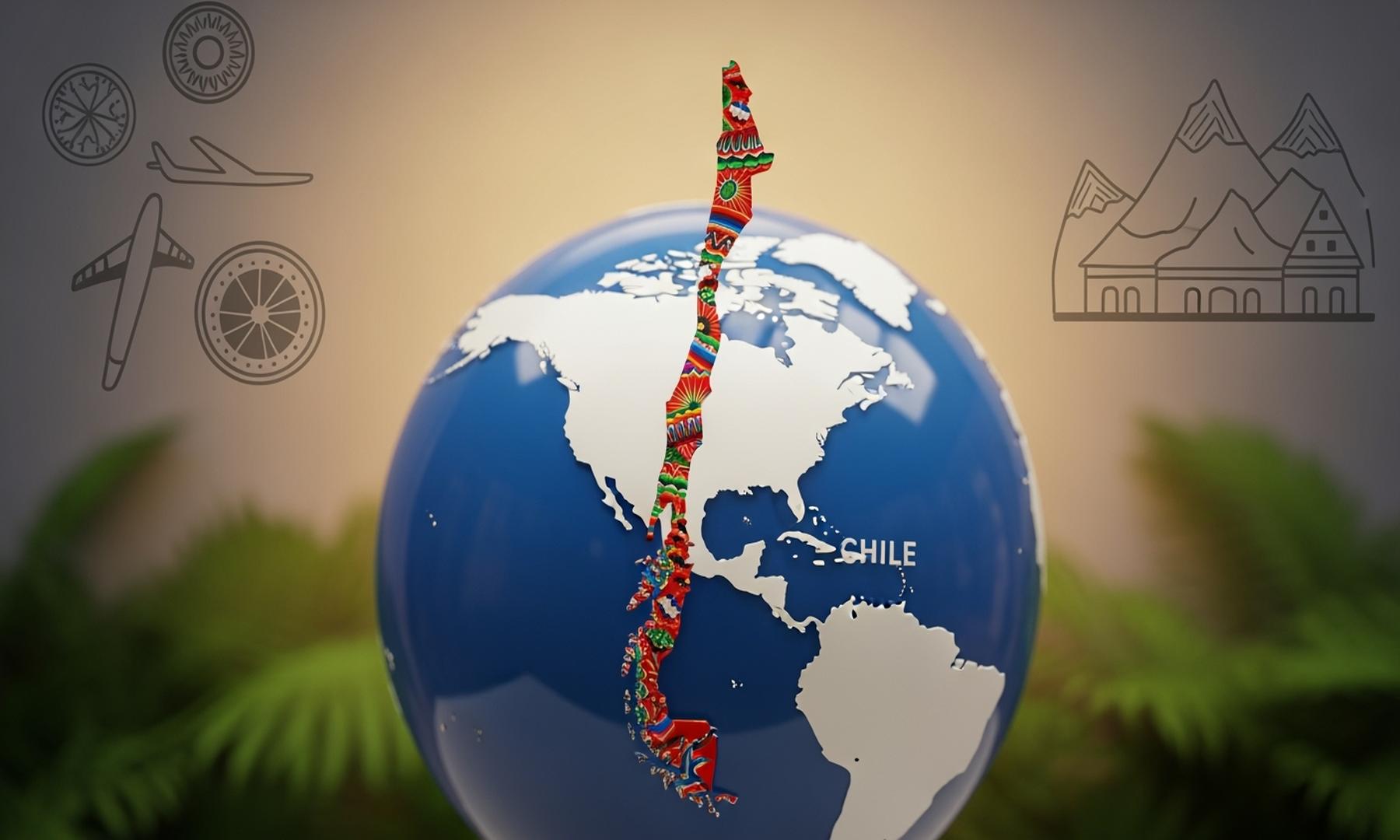What's Happening?
Astronomers have observed a small icy world named Chiron, located between Saturn and Uranus, developing a new set of rings. This discovery was made by a team of Brazil-based astronomers who found that
the bands of material orbiting Chiron are in a transitional state, offering a rare glimpse into ring formation. Chiron, a centaur object, has been known to occasionally brighten and sprout a faint tail, indicating comet-like activity. The recent observations revealed three distinct, dense rings and a new disk-like structure, suggesting ongoing changes in Chiron's environment.
Why It's Important?
The observation of ring formation around Chiron provides valuable insights into the processes that govern the evolution of ring systems in the solar system. Understanding how rings form and persist around small bodies like Chiron can shed light on the formation of rings around larger planets such as Saturn and Uranus. This discovery also raises questions about the mechanisms that prevent ring material from coalescing into moons, offering new avenues for research into the dynamics of small celestial bodies.
What's Next?
To confirm the ongoing evolution of Chiron's rings, astronomers plan to capture more events where Chiron passes in front of distant stars. These observations, recorded with high-speed cameras, will help determine if the disk's material is changing in opacity, width, or position. Such data could provide direct evidence of active redistribution of dust and ice, furthering our understanding of ring dynamics. A dedicated space mission for in-situ observation of Chiron's ring system could offer even more detailed insights.












